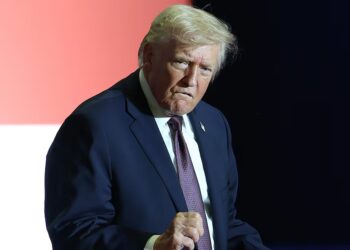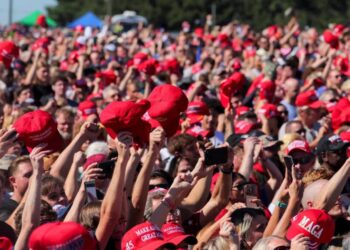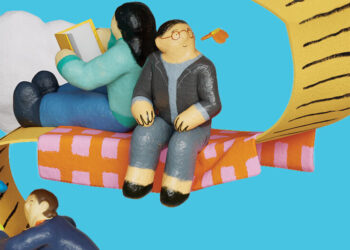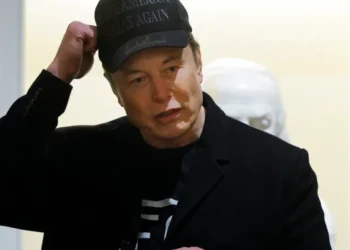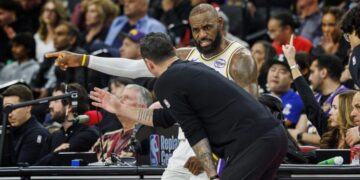Bus accident kills 15 in Guatemala; government declares 3 days of national mourning
GUATEMALA CITY — An intermunicipal bus veered off a road in Guatemala and fell into a deep ravine, killing 15 passengers and...
Fox Host Trots Out Bonkers Reason for Trump’s Abysmal Approval Ratings
President Donald Trump has continued to be slammed by an endless series of horrific polls. Surveys suggest that voters are...
Beloved grandfather shot dead along with his dog in ‘senseless’ attack
A beloved Georgia grandfather and his family dog were both shot dead by a maniac in front of his wife...
‘GOP is a mess’: Trump ally drops panicked prediction about Dems winning next two cycles
An influential ally of President Donald Trump sounded the alarm on Saturday, lamenting that Dems will win not only the...
The Year in Lists
With 2025 drawing to a close, we reached out to Times Opinion contributors for their personal lists. Our algorithmic feeds...
Pot Inc. was celebrating Trump’s rescue — but cannabis companies still can’t be banked
Pot Inc. has been popping the champagne corks (or, in this case, rolling some fat joints), and it’s not just...
The Truth About Trump’s Miserable Mar-a-Lago Christmas: Wolff
President Donald Trump did not have a merry Christmas. On Christmas Eve, the 79-year-old president labored through a Mar-a-Lago dinner...
Heroic Texas father rescues abducted daughter by tracking her cell phone after Christmas Day kidnapping
A quick-thinking Texas father heroically rescued his kidnapped teen daughter by tracking her cell phone shortly after she was snatched...
ICE Goons Melt Down Over Former Detainee Making TikToks
The Department of Homeland Security is incensed that former detainee Kilmar Abrego Garcia is no longer in their custody and...
Elon Musk’s ‘unselfaware’ comment spurs fact check from his own AI — and a Dem leader
The richest man in the world saw his comments backfire on Saturday after he criticized a decision made by New...

